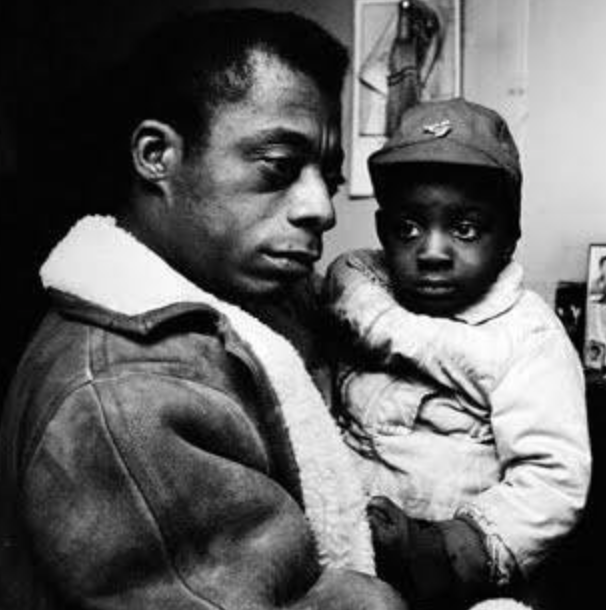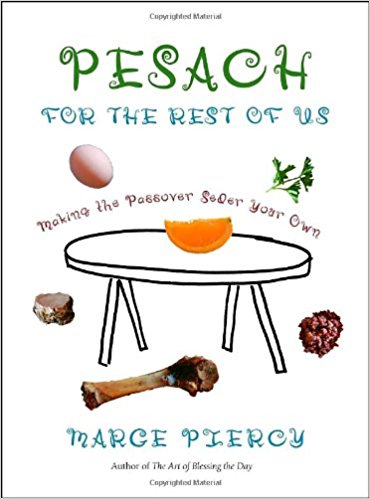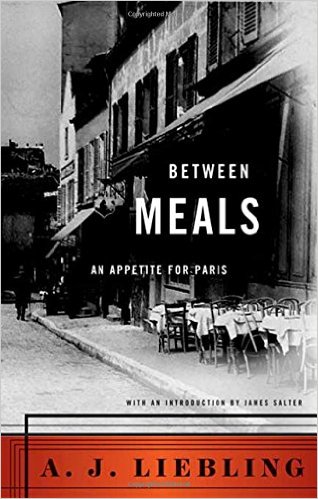 Recently, my fourteen-year-old goddaughter, Delia, asked for a reading list. I knew she was serious because she sent the request by snail mail – the millennial equivalent of engraving a message in stone. “I didn’t even vote for this president and he’s ruining my future,” she wrote. “I need books to get woke.” Obviously, an equally serious response was in order – one that acknowledged the gravity of our national turmoil without exacerbating her fears. So with the help of far smarter friends, I assembled a primer of essential “consciousness-raisers” that are neither condescending nor obtusely phrased, and I organized them into three categories I thought might appeal to her. I think this list will support resisters of all ages, for one of literature’s greatest services is to re-rear the scared, angry kids we each carry inside us. But in the spirit of James Baldwin’s epistolary essay, “Letter to My Nephew on the One Hundredth Anniversary of the Emancipation,” the “you” to whom I refer is my goddaughter in the wake of the first 100 days of the Trump presidency. Continue Reading →
Recently, my fourteen-year-old goddaughter, Delia, asked for a reading list. I knew she was serious because she sent the request by snail mail – the millennial equivalent of engraving a message in stone. “I didn’t even vote for this president and he’s ruining my future,” she wrote. “I need books to get woke.” Obviously, an equally serious response was in order – one that acknowledged the gravity of our national turmoil without exacerbating her fears. So with the help of far smarter friends, I assembled a primer of essential “consciousness-raisers” that are neither condescending nor obtusely phrased, and I organized them into three categories I thought might appeal to her. I think this list will support resisters of all ages, for one of literature’s greatest services is to re-rear the scared, angry kids we each carry inside us. But in the spirit of James Baldwin’s epistolary essay, “Letter to My Nephew on the One Hundredth Anniversary of the Emancipation,” the “you” to whom I refer is my goddaughter in the wake of the first 100 days of the Trump presidency. Continue Reading →
Archive | Listing
Reading Pesach: 5 Favorite Passover Books
 Gentiles may be forgiven for thinking Chanukah is the biggest holiday of the Jewish calendar. Certainly it gets the biggest billing in mainstream culture, no doubt because it usually occurs around Christmas. But for practicing Jews, Passover is one of the holidays that looms largest. Beginning on the fifteenth day of the Jewish month of Nissan – typically sometime in April – it lasts seven days and is a festival to celebrate the Israelites’ liberation from Egyptian enslavement. The name “Passover” is derived from the Hebrew word Pesach, which in turn is based on the root “pass over” – a reference to the belief that God “passed over” the Jews when punishing Egypt; essentially, it’s a festival that celebrates the Old Testament story of Moses and the Exodus. It often dovetails with the Christian holiday Easter, and Jesus’s final supper is widely accepted as a seder, a Passover meal eaten by Jews everywhere since Moses’s time. For Pesach this year, I’ve assembled a menu of our own – one comprised of books about the holiday. Chag Pesach Sameach!
Gentiles may be forgiven for thinking Chanukah is the biggest holiday of the Jewish calendar. Certainly it gets the biggest billing in mainstream culture, no doubt because it usually occurs around Christmas. But for practicing Jews, Passover is one of the holidays that looms largest. Beginning on the fifteenth day of the Jewish month of Nissan – typically sometime in April – it lasts seven days and is a festival to celebrate the Israelites’ liberation from Egyptian enslavement. The name “Passover” is derived from the Hebrew word Pesach, which in turn is based on the root “pass over” – a reference to the belief that God “passed over” the Jews when punishing Egypt; essentially, it’s a festival that celebrates the Old Testament story of Moses and the Exodus. It often dovetails with the Christian holiday Easter, and Jesus’s final supper is widely accepted as a seder, a Passover meal eaten by Jews everywhere since Moses’s time. For Pesach this year, I’ve assembled a menu of our own – one comprised of books about the holiday. Chag Pesach Sameach!
All-of-a-Kind Family by Sydney Taylor
One of my favorite young adult series of all time, the All of a Kind Family was a fictional Jewish clan living in a small railroad apartment on New York’s Lower East Side around the beginning of the twentieth century. All the Jewish holidays figure prominently in the books, but Pesach plays an especially important role in the first one. In it, all five children are stricken with scarlet fever except second-oldest Henny. The family tomboy, Henny must ask the questions traditionally posed by the youngest child at a Seder while her quarantined sisters listen from their bedroom piteously. Like the rest of the book, this chapter is plaintive, sweet, and funny, and it breathes life into a timeless tradition like few YA (or adult) books ever have. Continue Reading →
Food Fabulous Food Writers
 I have been a professional film critic for more than a decade, but anyone who’s ogled my personal library knows that my most ardent cultural passion is actually food writing – not just cookbooks but essays about restaurants, markets, cooking, and foraging. In short, I like to read about eating. Everything lives inside a great piece of food writing: history, science, art, crafts, politics, culture, even our connection to the divine. The best part? In most cases reading about great meals confers less guilt and more pleasure than the meals themselves – especially when rendered by the writers I’ve selected below.
I have been a professional film critic for more than a decade, but anyone who’s ogled my personal library knows that my most ardent cultural passion is actually food writing – not just cookbooks but essays about restaurants, markets, cooking, and foraging. In short, I like to read about eating. Everything lives inside a great piece of food writing: history, science, art, crafts, politics, culture, even our connection to the divine. The best part? In most cases reading about great meals confers less guilt and more pleasure than the meals themselves – especially when rendered by the writers I’ve selected below.
A.J. Liebling
“The primary requisite for writing well about food is a good appetite,” intoned New Yorker writer Liebling, and he knew of what he spoke. Gluttony was the name of his game, and he detailed his heaping boards with the same zeal that he applied to city life and boxing, his other signature topics. In the memoir Between Meals, he describes favorite dinners of his youth. A typical menu: figs, artichokes, three kinds of cheeses, oysters, ham, “sausage in crust,” clam chowder, a peck of steamers, cognac, bay scallops, sautéed soft-shelled crabs, ears of fresh-picked corn, a swordfish steak, a pair of lobsters, a Long Island duck, boar, a bottle of champagne, and a bottle of Bordeaux. In Liebling’s extravagant prose, you don’t just discover your appetite. You discover a past that did not fear the future. Continue Reading →
